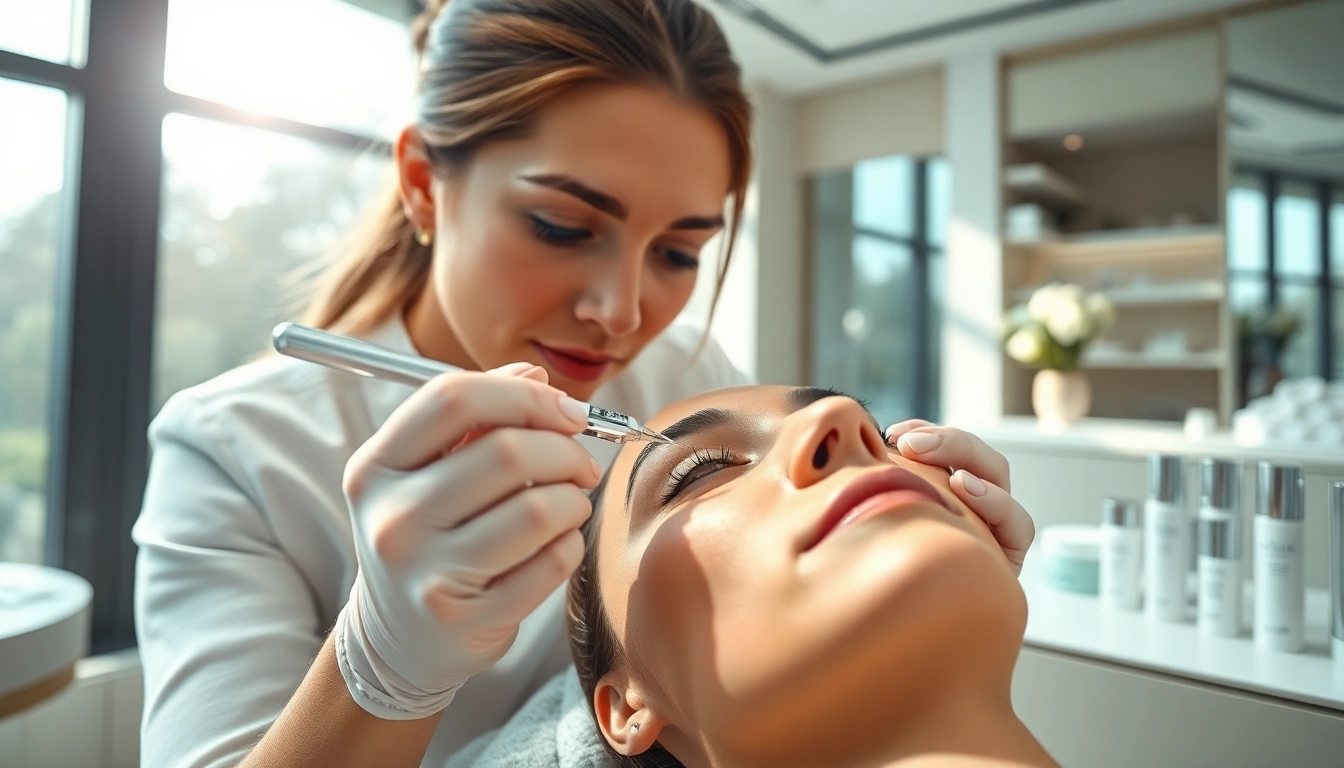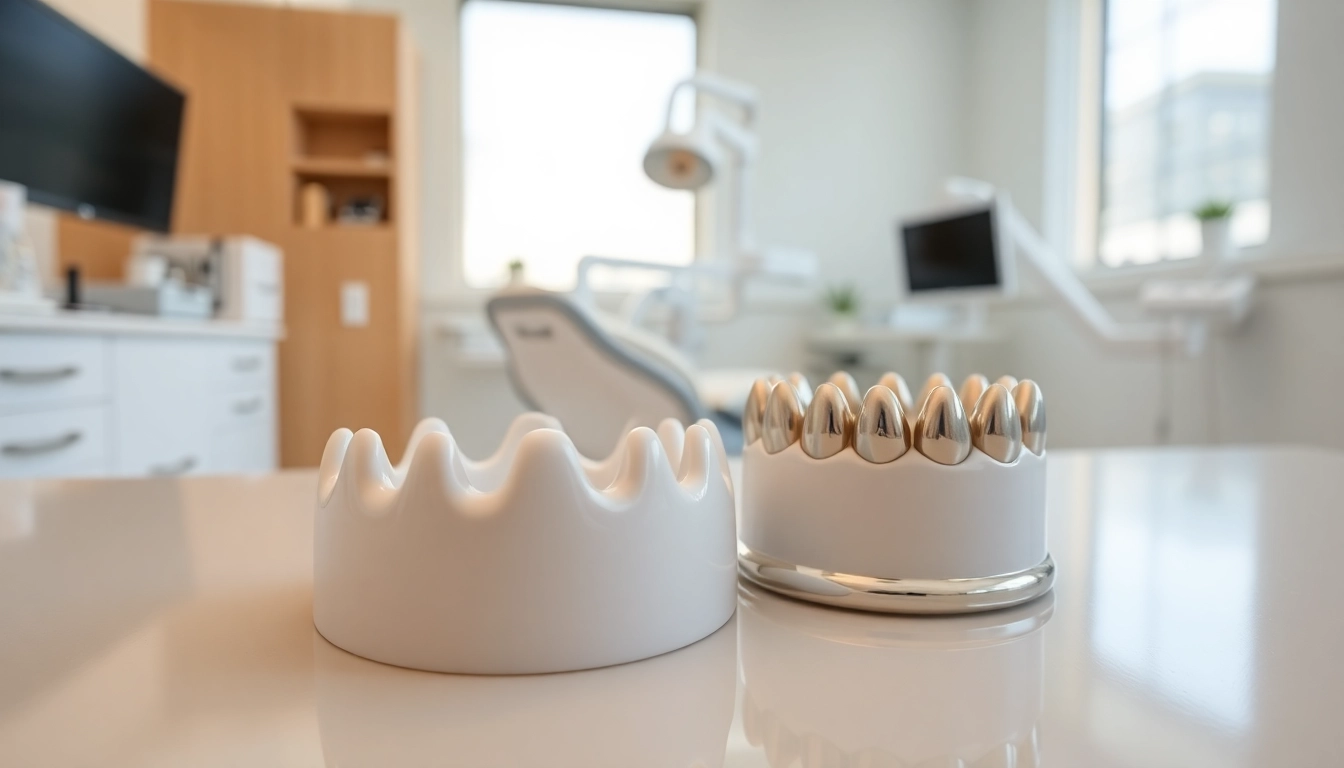Enhance Your Beauty: Finding the Best Face Filler Near Me

Understanding Face Fillers
What Are Face Fillers?
Face fillers, also known as dermal fillers, are gel-like substances injected beneath the skin to restore lost volume, smooth out wrinkles, and enhance facial contours. Utilizing materials like hyaluronic acid, collagen, and polymethylmethacrylate, these fillers work by physically lifting and adding volume to specific areas of the face. This minimally invasive procedure can help individuals achieve a more youthful appearance without the need for invasive surgery.
Types of Face Fillers
There are several types of face fillers available, each serving different purposes and offering unique benefits:
- Hyaluronic Acid Fillers: These are the most commonly used fillers, known for their ability to retain moisture and provide natural-looking volume. Brands such as Juvederm and Restylane fall under this category.
- Calcium Hydroxylapatite Fillers: Found in products like Radiesse, these fillers are thicker and are typically used for deeper lines and wrinkles.
- Poly-L-lactic Acid Fillers: Known by the brand Sculptra, these fillers stimulate natural collagen production over time, offering long-lasting results.
- Polymethylmethacrylate Fillers: This semi-permanent option includes products like Bellafill and is used for more significant volume loss.
- Fat Grafting: This involves transferring fat from one part of the body to the face, providing a long-lasting solution for volume restoration.
Benefits of Using Face Fillers
Face fillers offer a range of aesthetic and psychological benefits:
- Immediate Results: Many fillers provide instant results, allowing individuals to see improvements right after the treatment.
- Non-surgical Option: Fillers offer a less invasive option compared to surgical procedures, which can involve longer recovery times and higher risks.
- Customizable Treatments: Practitioners can tailor the type and amount of filler used to meet individual cosmetic goals effectively.
- Boosted Confidence: Enhancing facial features can lead to improved self-esteem and greater satisfaction with one’s appearance.
- Minimal Downtime: Patients often resume normal activities shortly after treatment, making it a convenient choice for many.
Choosing the Right Provider
What to Look for When Searching for Face Filler Near Me
Finding the right provider for your face fillers is essential for achieving the best results. Start by performing an online search for face filler near me to locate clinics in your vicinity. Consider reviewing customer testimonials and before-and-after photos from previous patients to gauge the quality of the provider’s work.
Importance of Qualifications and Experience
When selecting a practitioner, it is crucial to prioritize qualifications and experience:
- Verify the provider’s credentials and ensure they are licensed to administer injectables.
- Look for board-certified dermatologists or plastic surgeons with specialized training in cosmetic injectables.
- Experience matters; ask how long the provider has been performing filler injections and how many procedures they conduct each year.
Consultation: Questions to Ask
Before proceeding with treatment, schedule a consultation to discuss your goals and address any concerns. Here are some questions to consider asking:
- What type of fillers do you recommend for my specific needs, and why?
- Can you share before-and-after photos of previous patients?
- What are the potential risks and side effects associated with the chosen filler?
- What should I expect during the procedure and the recovery period?
- What are the costs involved, including follow-up treatments?
What to Expect During the Procedure
Preparation for Your Face Filler Appointment
Preparing for your appointment can help ensure a smooth procedure and optimal results. Follow these pre-treatment guidelines:
- Avoid blood-thinning medications, alcohol, and certain supplements (like vitamin E) for 48 hours prior to treatment.
- Consult your provider about any medical conditions or allergies to ensure the chosen filler is safe for you.
- Arrive at the appointment with a clean face and avoid wearing heavy makeup.
The Face Filler Process Explained
The actual procedure for administering face fillers typically follows these steps:
- The practitioner will cleanse the treatment area and may apply a topical numbing agent to minimize discomfort.
- Using a fine needle, the provider will inject the filler into targeted areas, carefully molding it for the desired effect.
- The practitioner may massage the area to ensure even distribution and natural appearance.
- The entire process typically lasts between 30 to 60 minutes, depending on the areas being treated.
Aftercare Tips for Optimal Results
After your procedure, proper aftercare can help enhance results and minimize complications:
- Avoid strenuous activities and excessive movement of the treated area for the first 24 hours.
- Refrain from consuming alcohol or smoking for at least 24 hours post-treatment.
- Apply ice packs to minimize swelling and bruising, but avoid direct pressure on the treated areas.
- Monitor for any unusual symptoms and contact your provider if persistent swelling, pain, or bruising occurs.
Potential Risks and Considerations
Side Effects of Face Fillers
While dermal fillers are generally considered safe, they do come with potential side effects, including:
- Swelling, redness, or bruising at the injection site.
- Allergic reactions or lumpiness in the treated area.
- In rare cases, vascular occlusion, which can lead to tissue necrosis if not addressed promptly.
How to Minimize Risks
To reduce potential risks associated with face fillers:
- Choose a skilled and experienced injector, as proper technique reduces the chance of complications.
- Follow pre-and post-care instructions provided by your practitioner.
- Stay informed about the specific type of filler being used and discuss any concerns with your provider.
Consulting with Your Healthcare Provider
It is advisable to consult your primary healthcare provider before undergoing cosmetic procedures. They can assess your overall health, address any medical issues, and ensure that fillers align with your personal health goals.
Real Life Results and Testimonials
Success Stories from Clients
Many individuals seeking facial enhancements through fillers experience life-changing results. Here are some common themes from client testimonials:
- Enhanced facial symmetry, leading to improved self-perception.
- Restoration of youthful vitality, encouraging more social engagements and confidence.
- Positive reactions from friends and family, reinforcing self-esteem and individual choices.
Before and After Comparisons
Before and after photos are often powerful indicators of the effectiveness of face fillers. Clients frequently report significant improvements in wrinkles, volume, and facial contouring, adding to the appeal of this treatment option.
Join the Conversation: Share Your Experience
If you have undergone face filler treatments, consider sharing your experiences with community forums or on social media. Your success story can inspire others and help them navigate their options as they search for a face filler near me.








